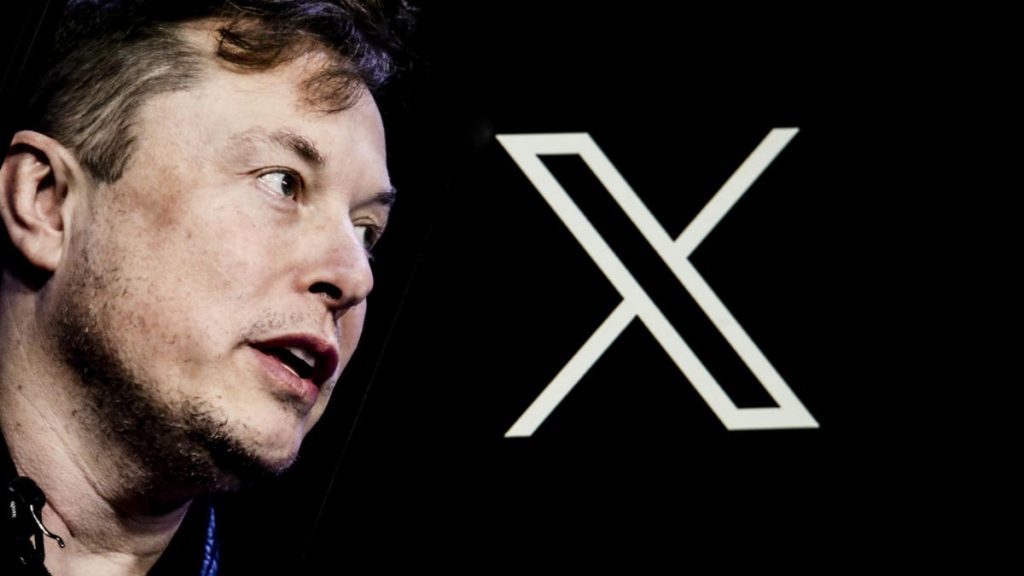As Elon Musk’s new biography by Walter Isaacson is read worldwide, the reasons behind the visionary tycoon’s obsession with ‘X’ has fascinated the world. In his own words Musk has said that the letter “embodies the imperfections in us all that make us unique”. Psychologist Leon Seltzer has suggested that Musk appreciates X’s malleability—how it can be birth and death, cancellation and multiplication, nothing and everything. Yet there may be a more meaningful reason to admire “X” in the lexicon of sustainability! Even though this version of X also refers to an arcane numeral rather than just a letter of the alphabet!
In the year of my birth, 1973, a National Commission on Minerals Policy published a series of reports prompted by concerns similar to what we are experiencing today with reference to materials criticality. James Boyd, the executive director of the commission gave a lecture on the topic titled The Resource Trichotomy, referring to materials, energy, and the environment. This was subsequently revisited by the former director of the National Institutes of Standards and Technology Lyle Schwartz in a paper in 1998 in which he presented a diagram on materials and sustainability.
The “materials cycle” can only keep up with rising demand if we can find ways of being more efficient at resource usage without succumbing to a rebound effect of increased demand. The same year that Schwartz published his paper, the Organization for Economic Cooperation and Development (OECD), which now boasts a major annual Responsible Minerals Forum, adopted a long-range goal to decrease materials intensities by a factor of ten over the next four decades. This would be equivalent to using only 66 pounds of materials per $100 gross domestic product, compared to the present value of approximately 660 pounds per $100 GDP. Underlying this target setting was what has been often called a “Factor X” approach to materials policy.
The concept has its origins with the German government’s planning processes, inspired by the physicist Friedrich Schmidt-Bleek in the 1990s. Bleek, who was affectionately called “Bio,” noted that if sustainable development is to be achieved globally and for all of humankind, industrialized countries must reduce their consumption of resources by a factor of 10 (the roman numeral X), or 90 percent, within fifty years. Subsequently he established the World Resources Forum, which began to hold annual summer gatherings in Davos, Switzerland, as a more science-focused shadow event to the World Economic Forum, held at the same venue in winter. In 1995, the German legislator and co-president of the MISSING WORD Ernst-Ulrich von Weizsäcker stated that a factor of four can double wealth and halve resource consumption. The efforts of von Weizsäcker were also supported by the Club of Rome—an institution that had emerged from the Limits to Growth modeling enterprise of the early 1970s.
The German Environment Agency still champions the Factor X target-setting rubric on its websites and states that increasingly intensive use of natural resources by humans is causing ecosystems to exceed their stress limits and exacerbating global environmental problems. In the last 40 years, the global extraction of raw materials has more than tripled to around 85 billion tons per year. Today, this already significantly exceeds the earth’s regenerative capacity and endangers the development opportunities of future generations.
In essence, the concept suggests that the “use of natural resources must become x times more intelligent and efficient.” X times more use could be made and therefore x times more wealth be generated from a ton of raw material. Thus a factor of 4 (= 75 percent increase), 10 (90 percent), or more suggests the efficiency increase that could be attained, and the symbolism of “X” implies that this factor has unforeseen potential.
On the social and economic side, the Factor X approach finds an interesting manifestation in what the supply side economist Miles Kimball calls the “Aluminum Rule.” Formulated as a less demanding version of the biblical Golden Rule, he states it as follows: “When acting collectively—or considering collective actions—put a weight on the welfare of human beings outside the in-group at least one-hundredth as much as the welfare of those in the in-group.”13 Hence social investments in resource development could be considered in terms of a “Factor 100.” While working on my recent book Soil to Foil, I contacted Kimball and asked him why he used the metaphor of aluminum, and he noted that it was simply because in contrast with a rare luxury metal like gold, he wanted to suggest a more practical everyday metal!
By this “rule of thumb,” a dollar is one hundred times as valuable to someone who has only one tenth the income. The Aluminum Rule thus alerts us to always keeping an eye on the return on investment in well-being and livelihood when deciding on resource investments. Ultimately, it is such careful targeting and calibration of our resource usage that will keep industry and citizens in general on track toward a more sustainable future.
Bringing home the point to Elon Musk, as he develops his business empires from Space-X to Tesla, the “Factor X” of material supply needs should be the one he should pay most attention to. Any admirable vision related to the technologies to fuel the EV revolution or habitation on Mars will inexorably be linked to how we consider multiplier effects of our resource consumption and conservation, embodied in the numerical and alphabetical connotations of X!
Read the full article here







